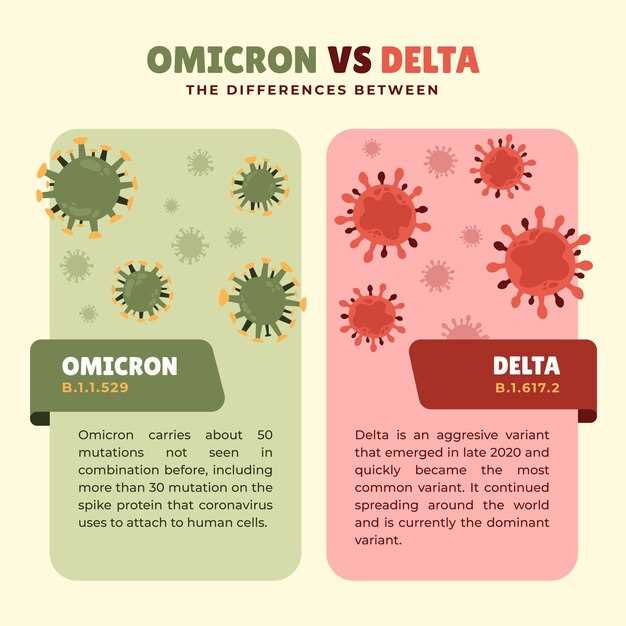
Looking for the optimal blood pressure medication? Consider the differences between telmisartan and losartan to make an informed decision for your health. Telmisartan and losartan are both commonly prescribed medications for treating hypertension, but they have distinct characteristics that may make one more suitable for your individual needs.
Discover the key factors to consider when choosing between telmisartan and losartan to ensure you are getting the most effective treatment for your blood pressure management.
Mechanism of Action
Telmisartan and losartan are both angiotensin II receptor blockers (ARBs) that work by blocking the binding of angiotensin II to its receptor. Angiotensin II is a hormone that constricts blood vessels, leading to increased blood pressure. By blocking the angiotensin II receptor, telmisartan and losartan prevent the vasoconstrictive effects of angiotensin II, resulting in vasodilation and a decrease in blood pressure.
In addition to their blood pressure-lowering effects, telmisartan and losartan also have other beneficial actions, such as reducing the production of aldosterone, a hormone that increases salt and water retention in the body. By blocking the angiotensin II receptor, telmisartan and losartan help to decrease sodium and water reabsorption in the kidneys, leading to decreased blood volume and further lowering blood pressure.
Mechanism of Action
Telmisartan belongs to a class of medications known as angiotensin II receptor blockers (ARBs). It works by blocking the action of angiotensin II, a substance in the body that causes blood vessels to constrict, leading to increased blood pressure. By blocking the action of angiotensin II, telmisartan helps blood vessels relax and dilate, which lowers blood pressure and improves blood flow.
Angiotensin II receptor blockers like telmisartan specifically target the angiotensin II receptor, preventing the binding of angiotensin II to the receptor. This results in vasodilation and decreased secretion of aldosterone, a hormone that can cause water retention and increased blood pressure.
Telmisartan Mechanism

Telmisartan is an angiotensin receptor blocker that works by blocking the action of angiotensin II on the AT1 receptor. Angiotensin II is a potent vasoconstrictor and plays a key role in regulating blood pressure. By blocking the AT1 receptor, telmisartan prevents the vasoconstrictor and aldosterone-secreting effects of angiotensin II. This leads to vasodilation, reduced blood pressure, and decreased sodium and water retention.
In addition to its blood pressure-lowering effects, telmisartan also has anti-inflammatory and antioxidant properties. It has been shown to improve endothelial function, reduce oxidative stress, and decrease inflammation in various tissues. These additional effects contribute to the overall cardiovascular protective benefits of telmisartan.
Losartan Mechanism
Losartan is an angiotensin II receptor antagonist that works by blocking the action of angiotensin II, a hormone that causes blood vessels to constrict. By blocking the angiotensin II receptor, losartan prevents the hormone from binding to its receptor and exerting its vasoconstrictive effects. This leads to vasodilation and a reduction in blood pressure.
Pharmacokinetics
Telmisartan Pharmacokinetics:
- Telmisartan is administered orally and is rapidly absorbed from the gastrointestinal tract.
- It undergoes minimal first-pass metabolism in the liver and is primarily excreted in the feces.
- The plasma protein binding of telmisartan is greater than 99%.
- The half-life of telmisartan is approximately 24 hours, allowing for once-daily dosing.
- Telmisartan is metabolized by conjugation to inactive metabolites.
Telmisartan Pharmacokinetics

Telmisartan is rapidly absorbed after oral administration, with peak plasma concentrations occurring within 0.5 to 1 hour. The absolute bioavailability of telmisartan is approximately 42-100% due to first-pass metabolism.
The drug is highly bound to plasma proteins (more than 99%), mainly albumin. Telmisartan undergoes conjugation to form a pharmacologically inactive metabolite. The primary route of elimination is via biliary excretion, with only a small portion excreted unchanged in urine.
The elimination half-life of telmisartan is relatively long, ranging from 20 to 24 hours, which allows for once-daily dosing. Telmisartan does not exhibit significant accumulation upon repeated dosing. The pharmacokinetics of telmisartan are not significantly affected by age, gender, or renal impairment.
Losartan Pharmacokinetics
Losartan is rapidly absorbed after oral administration, with peak plasma concentrations occurring within 1 hour. Its bioavailability is about 33%. It is primarily metabolized by the liver to its active metabolite, E-3174, which has greater pharmacological activity than losartan. The elimination half-life of losartan is about 2 hours, while that of its metabolite is about 6 to 9 hours.
Metabolism
Losartan is metabolized by the liver to its active metabolite through the action of cytochrome P450 enzymes, primarily CYP2C9 and CYP3A4. E-3174 is the main active metabolite responsible for the pharmacological effects of losartan. It undergoes further metabolism before being excreted in the urine and feces.
Therapeutic Uses
Telmisartan and losartan are both angiotensin II receptor blockers (ARBs) commonly used to treat high blood pressure (hypertension) and reduce the risk of stroke, heart attack, and other cardiovascular events.
Telmisartan Uses:
- Telmisartan is primarily used to lower blood pressure in patients with hypertension.
- It can also be prescribed to reduce the risk of cardiovascular events in patients at high risk.
- Telmisartan is sometimes used to treat diabetic nephropathy (kidney disease caused by diabetes).
- It may be prescribed to improve survival rates after a heart attack in certain patients.
Losartan Uses:
- Losartan is commonly used to treat hypertension and lower blood pressure in patients.
- It can also be prescribed to improve outcomes in patients with heart failure.
- Losartan is sometimes used to protect the kidneys in patients with type 2 diabetes.
- It may be recommended for stroke prevention in certain patients.
